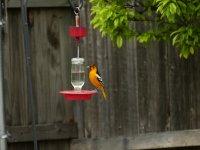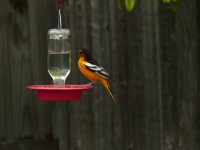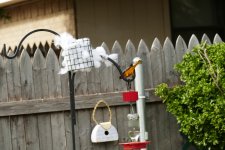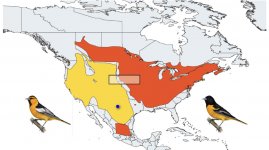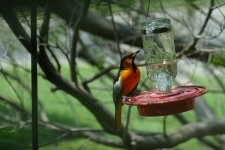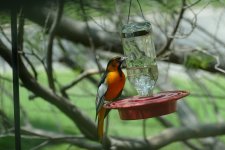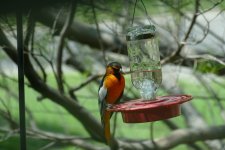Hi all,
About 2 years ago, I started the Avian Hybrids Project, a website gathering the scientific literature on hybridization in birds. This project is still ongoing and I am writing weekly blogposts on avian hybrids. But I am always looking for more!
So, if you have publications on bird hybrids in local magazines or you noticed that I missed something on my website, please let me know. I am also looking for nice pictures of hybrids (you will be credited). And everyone is welcome to write a guest post. Feel free to contact me through the website.
https://avianhybrids.wordpress.com/
About 2 years ago, I started the Avian Hybrids Project, a website gathering the scientific literature on hybridization in birds. This project is still ongoing and I am writing weekly blogposts on avian hybrids. But I am always looking for more!
So, if you have publications on bird hybrids in local magazines or you noticed that I missed something on my website, please let me know. I am also looking for nice pictures of hybrids (you will be credited). And everyone is welcome to write a guest post. Feel free to contact me through the website.
https://avianhybrids.wordpress.com/










